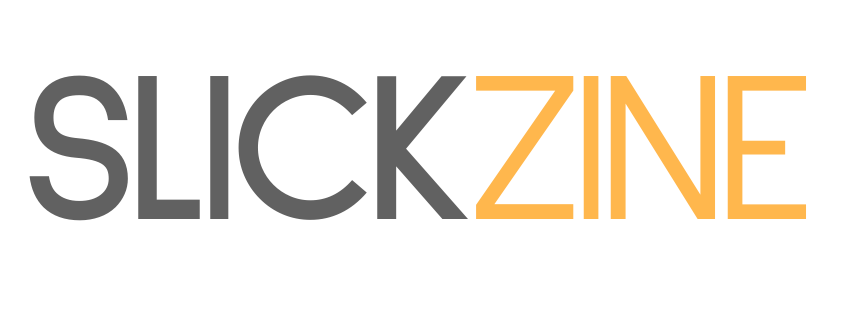In today’s competitive business landscape, your ability to connect with clients can make or break your success. Building trust, communicating your value, and converting conversations into meaningful results are no longer optional—they are essential. The question is: are your client conversations driving the results you want?
If you’ve ever felt like your client interactions could be more impactful or wondered how to bridge the gap between communication and actionable outcomes, you’re not alone. Many professionals struggle to create meaningful dialogue that resonates with their clients. The good news? You don’t have to navigate this challenge on your own.
Introducing: “How to Have a Better Client Conversation”
This free, interactive webinar hosted by industry leader Mike Milan, better known as “Cash Flow Mike,” is designed to revolutionize the way you approach client conversations. With years of real-world experience and proven strategies, Mike has helped countless accountants, bookkeepers, financial advisors, business coaches, and other professionals transform their communication techniques—and their results.
Here’s what you’ll gain from this session:
- Build Trust Quickly: Learn how to establish rapport and credibility with clients right from the start.
- Communicate Value Effectively: Discover techniques to showcase your unique offerings in a way that resonates with clients.
- Turn Conversations Into Results: Master strategies that transform casual discussions into actionable outcomes.
Event Details
📅 When: January 22, 2025
⏰ Time: 2:00 PM Central Time
📍 Where: Online via Zoom
Why Should You Attend?
Mike Milan is a seasoned entrepreneur, author, and financial educator who has built a reputation for empowering professionals to succeed. His insights, drawn from his Clear Path to Cash methodology, are actionable, practical, and effective. During this webinar, you’ll gain tools to:
- Create Deeper Client Connections: Build relationships that go beyond transactions and foster long-term loyalty.
- Enhance Client Trust: Develop conversations that inspire confidence and credibility.
- Elevate Your Effectiveness: Learn how to guide clients toward better decision-making while showcasing your expertise.
Whether you’re a seasoned professional or just starting out, this session will provide actionable strategies you can implement immediately to improve your client interactions.
Reserve Your Spot Today!
Registration is free, but spots are limited. Don’t miss your chance to join this transformative session. Click here to register.
Let’s Start a Conversation That Matters
Client relationships are the cornerstone of every successful business. This webinar will show you how to make every interaction count—how to inspire trust, build confidence, and drive results.
Join us on January 22, 2025, to discover how to elevate your client conversations and take your business to the next level.
About Cash Flow Mike
Mike Milan, widely known as “Cash Flow Mike,” is an entrepreneur, author, and financial educator with a passion for helping professionals succeed. Through his Clear Path to Cash methodology, Mike has empowered thousands to streamline financial processes, improve profitability, and achieve their business goals.
Don’t wait—register today and take the first step toward better client conversations and stronger business results!

 Careers3 years ago
Careers3 years ago
 Culture3 years ago
Culture3 years ago
 Leisure2 years ago
Leisure2 years ago
 Culture2 years ago
Culture2 years ago
 General3 years ago
General3 years ago
 General1 year ago
General1 year ago
 Entertainment3 years ago
Entertainment3 years ago
 Careers1 year ago
Careers1 year ago







